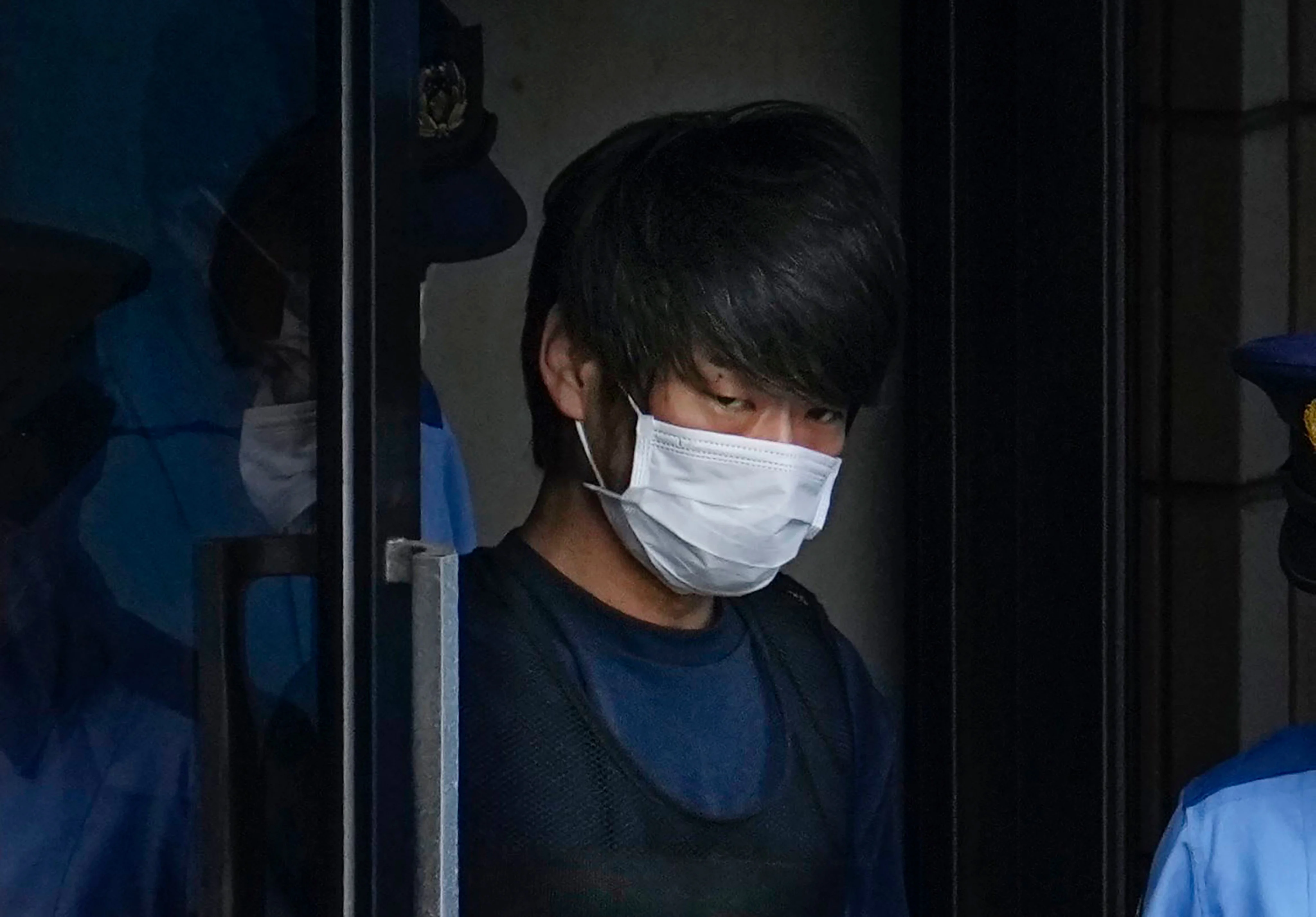Copyright The Oregonian

Chelsea Parsons, Jake Chandler and Josh Silverman For The Oregonian/OregonLive Parsons is senior director of implementation at Everytown for Gun Safety. Chandler is an investigator with the Deschutes County District Attorney’s office. Silverman is a sergeant in the Behavioral Health Unit of the Portland Police Bureau. In 2017, Oregon enacted a forward-thinking policy that helped ensure those who pose a danger to themselves or others could temporarily be prevented from accessing firearms. Under Oregon’s extreme risk protection order law, sometimes called a “red flag” law, law enforcement or concerned family members have a pathway to ask a court to temporarily restrict access to guns when someone poses a danger to themselves or others. If granted, the person must surrender any firearms and cannot buy new ones until the order ends. The law created a lifeline. It helps law enforcement officers respond when someone is in crisis but hasn’t committed a crime, and it gives families a tool when a loved one is threatening self-harm. And research is showing that it’s having an impact. One study found that after Connecticut increased usage of these protection orders – called ERPOs – there was a 14% reduction in the state’s firearm suicide rate; a multistate study found that one suicide was averted for every 17 protection orders served. But eight years after passage of this law, too many Oregon communities are not receiving the benefits of it. An Everytown for Gun Safety analysis of ERPO petitions filed in Oregon found wide variation in how Oregon counties use it. If Oregonians are to fully take advantage of this vital gun violence prevention tool, county leaders, law enforcement and the community must commit to improving the implementation and use of this law in every part of the state. Two counties in Oregon help show the wide disparity in its use throughout the state. According to the Everytown analysis, in 2024, there were 19.4 petitions for extreme risk protection orders per 100,000 residents in Deschutes County. In Multnomah County, however, there were only 2.4 petitions filed per 100,000 residents. This uneven use is not unique to Oregon. In 2024,ERPO use varied widely among states, with Florida and Connecticut having among the highest rates of petitions filed (16.9 per 100,000 people and 40.5 per 100,000 people respectively), while other states have barely used theirs at all, even years after it became available. A crucial difference is how the law has been implemented, with the extent of training of law enforcement officers playing a key role. In Florida’sPalm Beach County, the number of protection orders tripled in 2022 after the sheriff’s department conducted intensive training for its deputies. Connecticut (which has the highest usage of any state) undertook a statewide push on law enforcement training, including a “train the trainers” program, and changed court processes to allow petitions to be file electronically. In Oregon, Deschutes County has shown how putting effort into implementation can turn ERPO into a reliable tool. Officers receive regular training, and cases are reviewed with local experts so they can navigate the process with confidence. Just as important, law enforcement works hand-in-hand with mental health providers and community partners when seeking an order. That combination of training, expertise and collaboration ensures officers know the law, have the resources to use it effectively and apply it consistently. The Portland Police Bureau has recognized recently that it needs to follow the lead of other cities that have made training on these protective orders a priority. PPB already had five Behavioral Health Unit officers who have received comprehensive training on and have direct experience with completing and submitting ERPO applications on behalf of patrol officers or community members. Those five officers know what evidence suffices for judges to grant them and how to defend them when contested. But PPB realized it needed to train all patrol officers to identify situations when such a protective order might be appropriate and how to refer cases to the Behavioral Health Unit. Last May, the Behavioral Health Unit produced an initial online training course for patrol officers. But PPB knows it will need to reinforce thar training repeatedly, until thinking about such protective orders becomes second nature – something that’s always in the back of officers’ minds. The Behavioral Health Unit is also reaching out to the community to offer similar information and training. Members of the public are encouraged to contact the Portland Police Bureau directly for assistance with ERPO applications by emailing ERPOrequests@police.portlandoregon.gov. ERPOs save lives, and every missed opportunity is a risk we don’t need to take. With consistent training, community education and strong follow-through, Portland can ensure this life-saving tool is used fully and fairly—before warning signs turn into tragedies.



